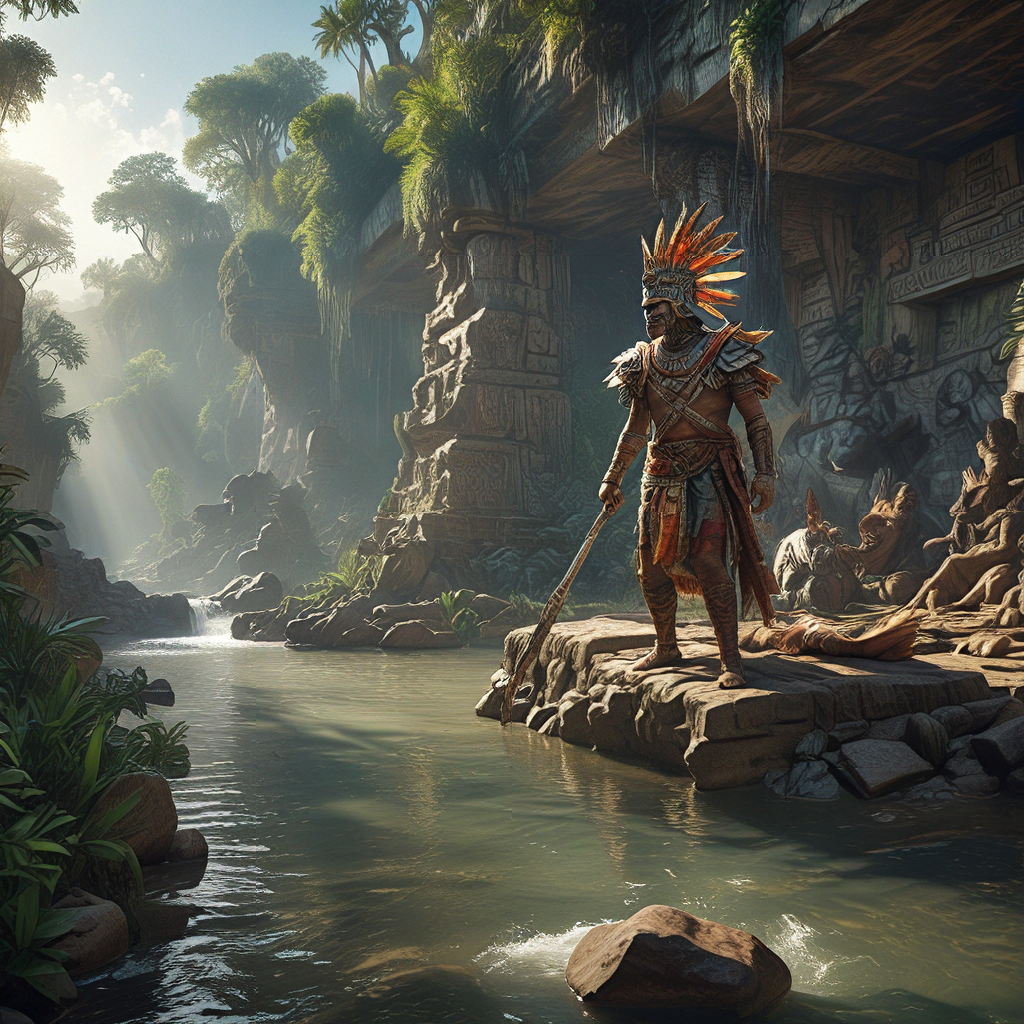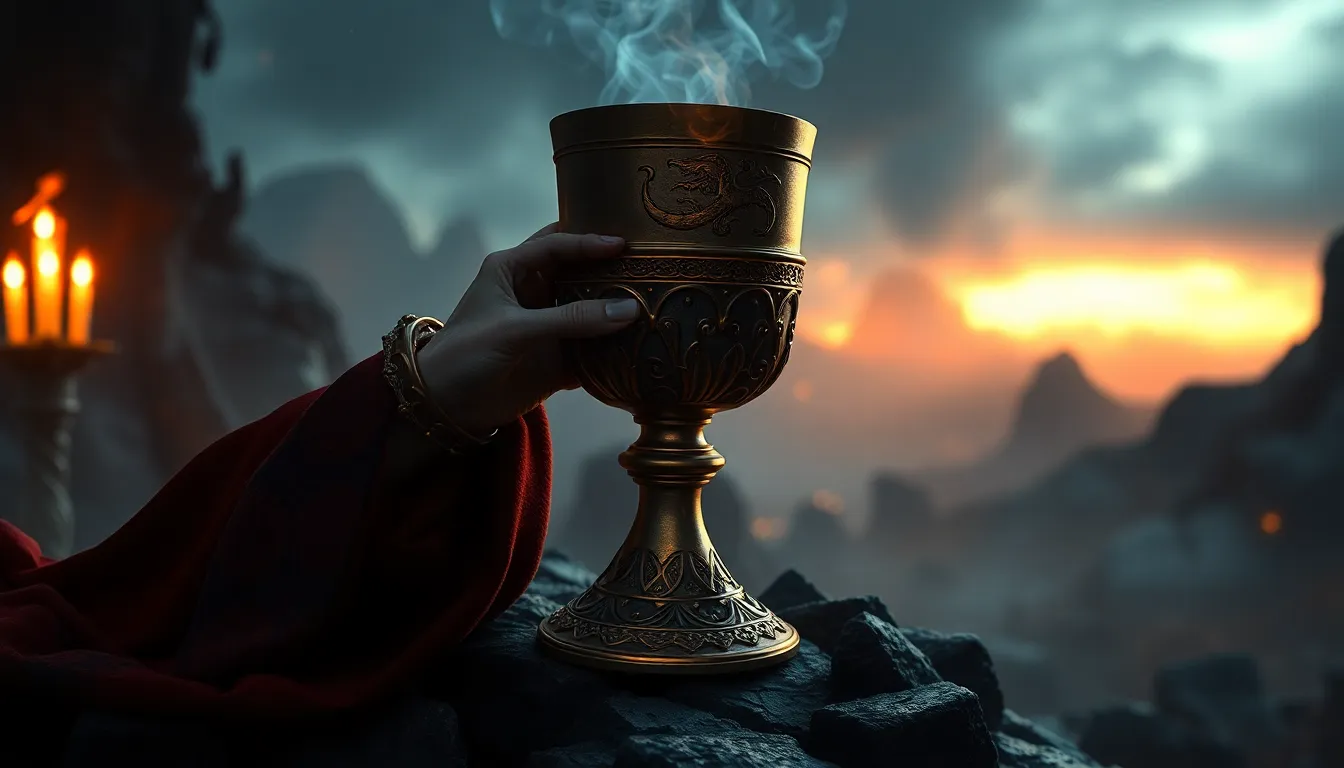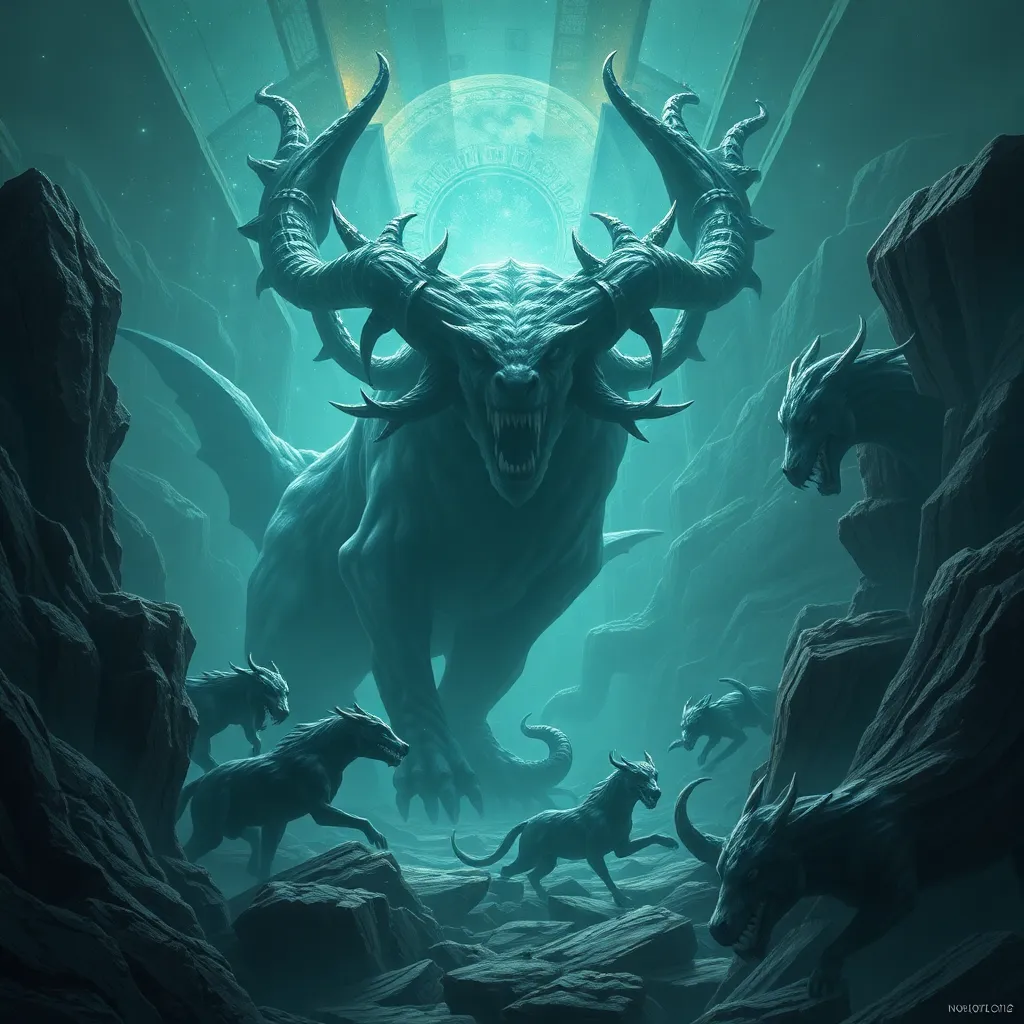The Aztec Underworld: A Journey Through Nine Levels
The Aztec underworld, known as Mictlán, was a complex and frightening place, a journey through nine levels of challenges and trials. This shadowy realm was not a place of eternal torment but a destination for all souls, regardless of their actions in life. The Aztec believed that death was a natural part of the cycle of life and that the underworld was a necessary transition before reaching the afterlife, a place of peace and tranquility. To reach the final destination, the soul needed to brave a treacherous journey, guided by the god of death, Mictlantecuhtli, and his wife, Mictecacihuatl. The journey was fraught with obstacles, including rivers of blood, knives, and fire.
The River of Souls: The Path to Mictlán
The journey to the Aztec underworld began with the soul’s arrival at the River of Souls, a powerful and mystical river that marked the beginning of the soul’s journey to Mictlán. This river, also known as the River of the Dead, was said to flow through the underworld, symbolizing the transition from life to death. The soul, guided by the god of death, Mictlantecuhtli, and his wife, Mictecacihuatl, embarked on this perilous journey, enduring the trials and tribulations of the underworld.
The River of Souls was a place of transformation, a sacred space where the soul shed its earthly ties and prepared for the challenges ahead. It was a place of mystery and wonder, where the soul encountered the spirits of the departed and the forces of the underworld. Crossing the River of Souls was a symbolic act of letting go of the past and embracing the unknown, a crucial step in the soul's journey to the afterlife.
The Seven Rivers of the Underworld: Navigating the Waters of Death
The Aztec underworld was a place of immense hardship, a labyrinth of challenges where the soul faced seven treacherous rivers, each representing a different aspect of death. These rivers, known as the Seven Rivers of the Underworld, were not merely physical barriers but symbolic tests of the soul's strength and resilience.
Each river presented a unique challenge, requiring the soul to confront its fears and weaknesses. The rivers symbolized the various aspects of death, testing the soul’s ability to navigate the uncertainties of the underworld.
The Significance of the Rivers: Navigating the Challenges of the Underworld
The Aztec believed that the seven rivers were more than just obstacles; they were trials designed to purify the soul and prepare it for the afterlife. The rivers represented various challenges that the soul would face in the underworld. They were not merely physical barriers but symbolic tests of the soul's strength and resilience.
The soul had to navigate each river, demonstrating its capacity to endure hardship, confront its fears, and ultimately triumph over the darkness of death. The process of conquering each river was not merely about survival but about spiritual growth and transformation.
The River of Blood: The First Test of the Underworld
The first river the soul encountered was the River of Blood, a crimson flow that symbolized the life force that had been lost. This river was a test of the soul’s capacity to confront its mortality, to accept the loss of its physical body and embrace the reality of death. The soul had to traverse this river of blood, a symbolic representation of the visceral aspect of death, the loss of life itself, and the reality of its own mortality.
The River of Thorns: The Second Test of the Underworld
The next challenge was the River of Thorns, a treacherous river where sharp thorns and barbs threatened to tear the soul apart. This river symbolized the pain and suffering that are inevitable aspects of life and death. The soul had to navigate this river with caution, avoiding the thorns and barbs, a symbolic representation of the soul’s ability to endure suffering and emerge unscathed, a test of courage and resilience.
The River of Knives: The Third Test of the Underworld
The third river the soul encountered was the River of Knives, a dark and menacing river filled with sharp blades and weapons. This river symbolized the dangers and challenges that the soul had faced during its life and the final challenge it had to overcome. It was a test of the soul’s ability to confront and overcome its fears. The River of Knives represented the dangers of the world, the fears the soul faced in life, and the trials it had to overcome. Navigating this river required the soul to be cautious, avoiding the knives and finding a path through the darkness.
The River of Fire: The Fourth Test of the Underworld
The fourth river, the River of Fire, was a blazing inferno, representing the soul’s pain and suffering in life. The soul had to endure the intense heat, a symbolic representation of the soul’s ability to overcome its pain and suffering and emerge stronger. This river tested the soul’s resilience, its ability to endure pain and hardship, and its ultimate triumph over suffering. The soul had to find a way to cross the River of Fire, enduring the heat and hardship, a symbolic representation of the soul’s capacity to overcome adversity and its ultimate triumph over suffering.
The River of Wind: The Fifth Test of the Underworld
The fifth river, the River of Wind, was a powerful force, a whirlwind that threatened to sweep the soul away. This river symbolized the uncertainty and instability of life and the soul’s ability to navigate the unknown and find its way. The River of Wind tested the soul’s resolve, its capacity to withstand the forces of change, and its will to overcome the challenges of the unknown. The soul had to hold on tight, finding a way to traverse the turbulent river, a symbolic representation of the soul’s ability to embrace uncertainty and navigate the unknown.
The River of the Dead: The Final Test of the Underworld
The final river, the River of the Dead, was a vast and mysterious expanse, a river of souls that flowed through the underworld. The soul had to join the river, merging with the spirits of the departed, a symbolic representation of the soul’s acceptance of death and its journey into the afterlife. This river was a place of peace and tranquility, a sanctuary where the soul could finally rest and find solace. The soul, having navigated the previous rivers, had achieved a state of spiritual purity, ready to join the river and embark on its final journey to the afterlife.
The River as Metaphor: Symbolic Representations of Death and Rebirth
The seven rivers of the Aztec underworld were not just physical barriers but symbolic representations of the challenges the soul faced during its journey to the afterlife. The rivers served as a metaphorical journey, a test of the soul’s strength, resilience, and spiritual growth. The Aztec believed that the soul's journey through the rivers was not merely about survival but about spiritual transformation and rebirth. The rivers were a symbolic representation of the process of death and rebirth, the soul shedding its physical ties and embracing the spiritual realm.
FAQ
What is the significance of the River of Souls in Aztec mythology?
The River of Souls is the first river in the underworld and symbolizes the transition from life to death. It marks the beginning of the soul's journey and represents the soul's shedding of its earthly ties and embracing the unknown.
What are the seven rivers of the underworld and what do they symbolize?
The seven rivers are the River of Blood, the River of Thorns, the River of Knives, the River of Fire, the River of Wind, the River of the Serpent, and the River of Ice. They represent various challenges the soul faces, testing its resilience, courage, and spiritual growth.
What is the role of the god of death, Mictlantecuhtli, in the Aztec underworld?
Mictlantecuhtli, along with his wife Mictecacihuatl, is the god of death and the ruler of the underworld. He guides the souls through the journey and oversees the trials they face.
What does the Aztec underworld symbolize?
The Aztec underworld, Mictlán, symbolizes the transition from life to death, a necessary stage before reaching the afterlife. It is a place of challenges and trials, designed to purify the soul and prepare it for the afterlife. It also represents the interconnectedness of life and death, a cyclical process of existence where death is not an end but a transformation.



